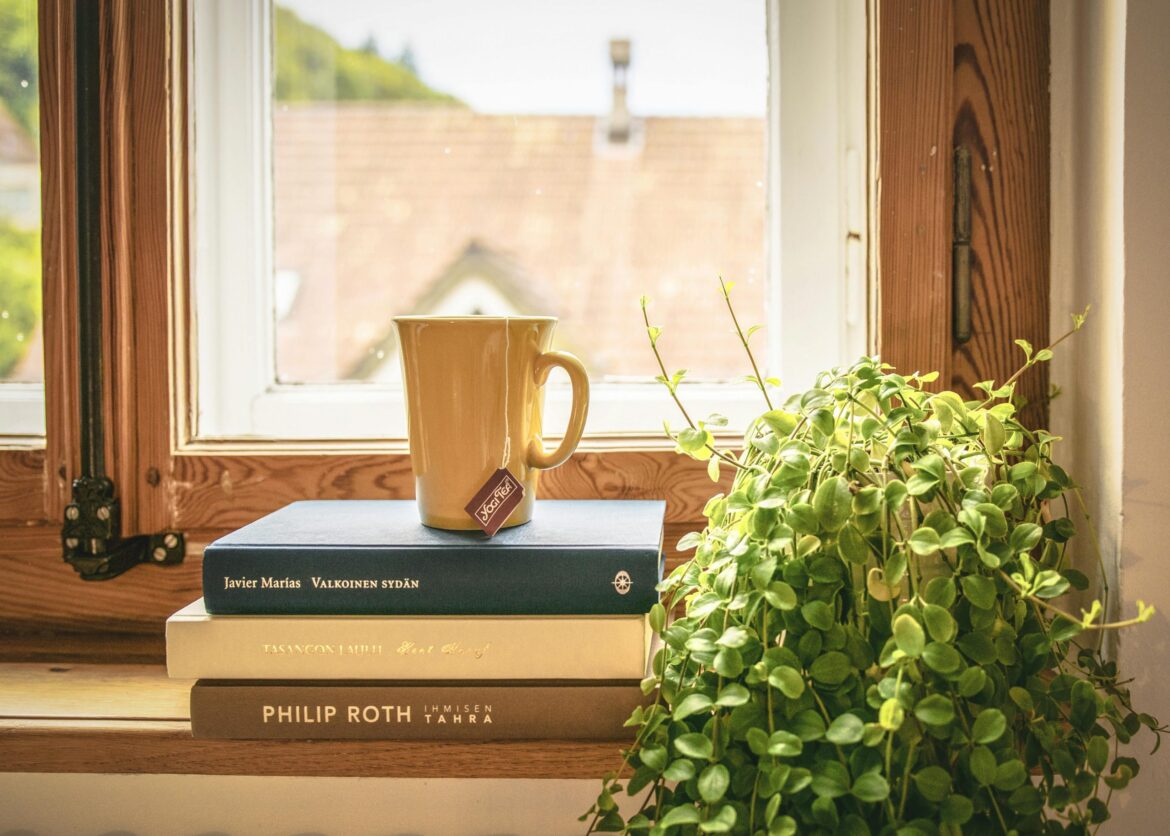Sun, breeze and warm nights can supercharge growth, colour and flowering. They can also scorch leaves, invite pests and stress roots if you rush the process. Use this clear, plant-safe plan.
The quick answer
Yes. Many houseplants thrive outdoors in summer if you introduce them gradually. Wait until all frost risk has passed and nights sit consistently above about 10 to 12°C. Harden them off for 7 to 14 days in bright shade before any direct sun.
Why bother moving them
Outdoor light is stronger and more even than any windowsill, so growth is sturdier and colour improves. Humidity outdoors is usually higher, which is kinder to foliage that crisps indoors. Fresh air reduces mildew and an occasional rain rinse removes dust and salts.
Which plants love the summer outside
Sun lovers after hardening include citrus, gardenia, hibiscus, rosemary, desert rose, plumeria, cacti and most succulents. Start with gentle morning sun and build to 6 to 8 hours if the plant tolerates it.
Bright shade stars include monstera, philodendron, pothos, peace lily, ferns, calathea, peperomia, syngonium, ZZ plant and snake plant. Aim for dappled light under a tree, pergola or 50% shade cloth.
Fruiting houseplants such as citrus, chillies and compact tomatoes crop better with real sunshine.
Plants that are often happier staying in
Very large, established climbers, you cannot move safely. Delicate leaves that scorch easily and are already thriving indoors, for example, some calathea and maranta. Orchids are in active bloom unless you can match their preferred light and humidity outside.
How to harden off without drama
Choose a warm, settled week with nights above 10 to 12°C and no late cold snaps due. Start in the shelter. Give plants 3 to 4 hours in bright, open shade protected from wind and midday sun on day one. Add an hour or two each day over 7 to 14 days and increase brightness slowly. Introduce only gentle morning sun at first and avoid the midday rays.
Water wisely. Outdoor containers dry faster, so water when the top 2 to 3 cm is dry and ensure drainage is free. Feed lightly with a balanced, slow-release fertiliser at the start of summer and avoid overfeeding newly moved plants.
Tip: leaves sunburn once and does not tan. Brown, crisp patches mean too much light too soon. Step back to shade and resume slowly.
Pests, weather and other risks
Scorch and windburn are the main hazards. Use dappled shade, shelter from prevailing winds and rotate pots weekly for even light.
Pests such as aphids, spider mites, mealybugs and thrips are more common outside. Keep plants vigorous, inspect weekly on both leaf surfaces and treat early with a mild soapy water or horticultural oil spray in the evening, keeping spray off open flowers.
Downpours can leach nutrients and waterlog pots. Raise containers on feet, check drainage holes and refresh a light mulch of bark chips or coco coir to slow evaporation.
Mind pets and wildlife. Elevate toxic plants and secure top-heavy pots.
The container care tweaks that matter
Repot rootbound plants before the move if the roots circle the pot. Use a more breathable outdoor mix by loosening indoor compost with perlite or fine bark for better drainage and airflow. Terracotta improves root aeration and dries faster, while plastic conserves water. Choose what suits the plant and your climate.
When and how to bring them back in
Start reversing the process 2 to 3 weeks before cool nights return. Prune tatty foliage, hose plants thoroughly, including pot sides and saucers, and inspect for hitchhikers. Treat pests outdoors, then move in. Step down the light by parking plants in your brightest indoor spot for a week before shifting to winter positions. Reduce watering, pause feeding and raise humidity for tropicals.
Common mistakes to avoid
Moving plants straight into full sun after months indoors. Forgetting wind exposure, which dehydrates as fast as heat. Letting saucers hold water after rain. Blanket fertilising every week, which drives weak, pest-prone growth.
A simple decision cheat-sheet
If you need fruit or flowers, move out.
If a foliage plant is leggy indoors, try a shaded summer outside.
If it is a huge, thriving specimen that is hard to shift, leave it.
If you cannot commit to checks and watering, keep the collection inside.
A summer outdoors can transform houseplants if you harden off, place well and keep up the checks. Go slow, watch the leaves and let the weather do the rest.
ALSO SEE:
Quiet green escapes: lesser-known botanical gardens to visit this summer
Featured Image: Pexels


Comments are closed.